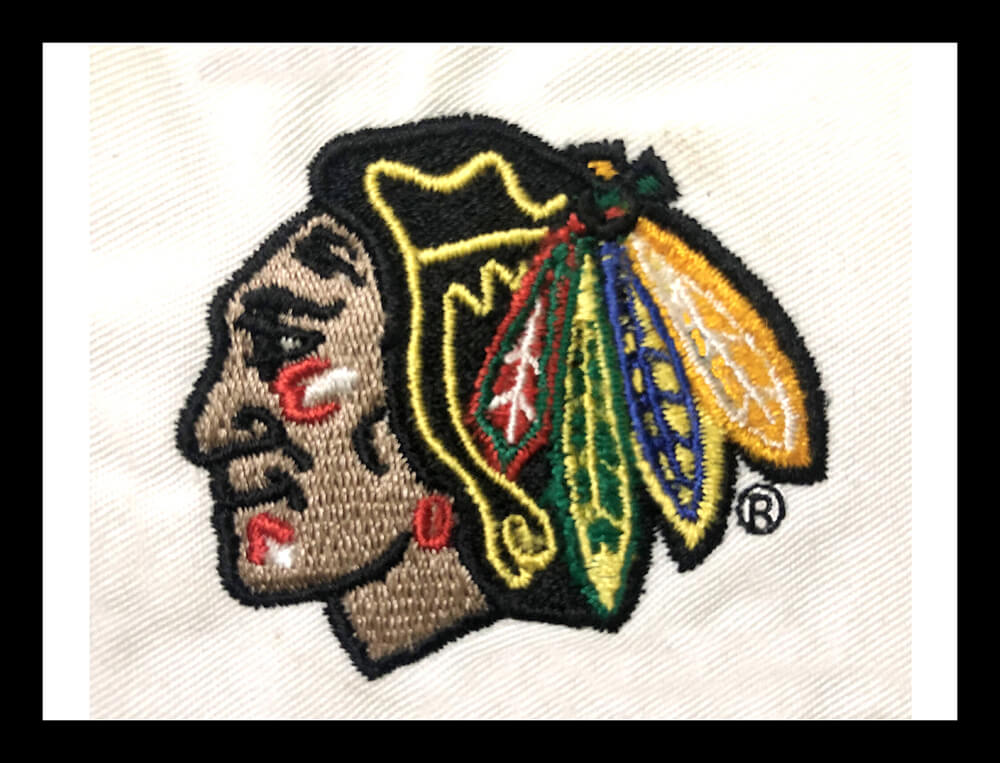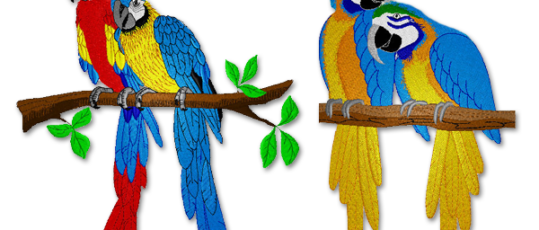Best Digitizing for Embroidery: Boost Your Projects
Best Digitizing for Embroidery: Boost Your Projects
Blog Article
Mastering the Embroidery Digitizing Refine: Your Ultimate Overview
Needlework digitizing is a precise craft that requires precision and know-how to translate elaborate styles right into digital formats for maker embroidery. As craftsmens begin on this trip to master the needlework digitizing procedure, a detailed understanding of the basics establishes the structure for excellence. Nonetheless, past the fundamental understanding exists a world of advanced software application, specialized tools, and nuanced methods waiting to be discovered. By delving right into the subtleties of digitizing, one can unlock a globe of imaginative possibilities and boost their embroidery projects to brand-new elevations.

Recognizing Embroidery Digitizing Basics
Needlework digitizing fundamentals develop the foundation whereupon elaborate layouts are equated right into machine-readable styles for accurate stitching. This initial action in the needlework digitizing process is essential for making certain that the last embroidered item is a faithful depiction of the initial style. Recognizing needlework digitizing basics entails understanding key principles such as stitch types, stitch direction, density, underlay, and pull settlement.
Stitch kinds play a vital function in determining the aesthetic and textural result of the embroidered style. By choosing the appropriate stitch type, whether it be satin, fill, or running stitch, digitizers can accomplish the preferred effect and boost the overall quality of the embroidery. In addition, sew instructions affects the circulation and measurement of the layout, while thickness figures out the spacing and insurance coverage of the stitches.
Furthermore, padding stitching provides security to the layout by safeguarding the material and stopping distortion during the needlework procedure. Draw settlement is an additional necessary factor to consider to combat the natural tendency of fabric to agreement when sewn. Mastering these embroidery digitizing basics is essential for developing professional-quality embroidered items.
Picking the Right Digitizing Software Program
Picking the suitable digitizing software is a critical decision that substantially affects the effectiveness and high quality of the embroidery digitizing procedure. Digitizing for Embroidery. When selecting the best digitizing software program, it is vital to think about aspects such as the complexity of layouts you intend to develop, the user-friendliness of the software application, the level of customer assistance offered, and the compatibility with your embroidery machine
There are various digitizing software application alternatives offered in the marketplace, ranging from basic programs for newbies to advanced software application for professional digitizers. Some prominent selections consist of Wilcom EmbroideryStudio, Hatch Needlework Software Application, and PulseID. These software supply a large range of devices and attributes to aid you develop detailed designs with ease.
Prior to choosing, it is suggested to discover the various software application options through totally free tests or demos to establish which one finest matches your needs. Additionally, checking out evaluations and seeking recommendations from skilled digitizers can supply important insights into the toughness and weaknesses of each software application bundle (Digitizing for Embroidery). By thoroughly evaluating your needs and comparing the attributes of different digitizing software program, you can make an enlightened option that enhances your embroidery digitizing process
Digitizing Tools and Methods

Optimizing Style Settings for Needlework
Understanding the complexities of layout settings is essential in achieving ideal cause the needlework digitizing procedure, building upon the foundation laid by comprehending digitizing tools and techniques. When maximizing style setups for embroidery, it is essential to think about variables such as stitch type, thickness, padding, draw payment, and enrollment. Sew kind choice affects the general feel and look of the design, with options like satin, fill, and running stitches providing various appearances and impacts. Density describes the spacing and density of stitches, influencing the style's coverage and toughness. Appropriate underlay stitching offers security and protects against textile distortion, particularly for complex designs or on elastic materials. Draw compensation adjusts for textile stretch during stitching, ensuring precise layout duplication. Enrollment settings straighten different aspects of the layout accurately, preserving total style integrity. By fine-tuning these layout setups, embroiderers can improve the top quality and accuracy of their stitched productions.

Troubleshooting Common Digitizing Issues
When encountering typical digitizing problems throughout the embroidery process, it is necessary to comprehend the origin causes and carry out reliable services immediately. One common issue is stitch thickness problems, where stitches may be also dense, causing the material to pucker, or also sporadic, leading to voids in the style. Readjusting the stitch thickness settings in the digitizing software can useful link assist solve this issue.
Another frequent obstacle is string breaks during the needlework procedure. This can occur due to various reasons such as incorrect tension setups, boring needles, or utilizing low-quality string. Making sure proper upkeep of the needlework device, including routine needle modifications and tension modifications, can minimize the occurrence of thread breaks.
Moreover, design enrollment mistakes can lead to misaligned components within the needlework layout. Examining the layout placement in the digitizing software program and making essential changes prior to sewing can help in preventing this concern. By attending to these common digitizing issues immediately and efficiently, you can make certain a smoother embroidery procedure and top quality finished products.
Final Thought
In conclusion, grasping the needlework digitizing procedure needs a solid understanding of the basics, the ideal choice of software program, and knowledge of tools and methods. Optimizing layout setups and troubleshooting usual digitizing problems are vital action in ensuring high-grade needlework outcomes. click to find out more By complying with these actions carefully, one can accomplish accuracy and efficiency in the digitizing procedure.
Report this page